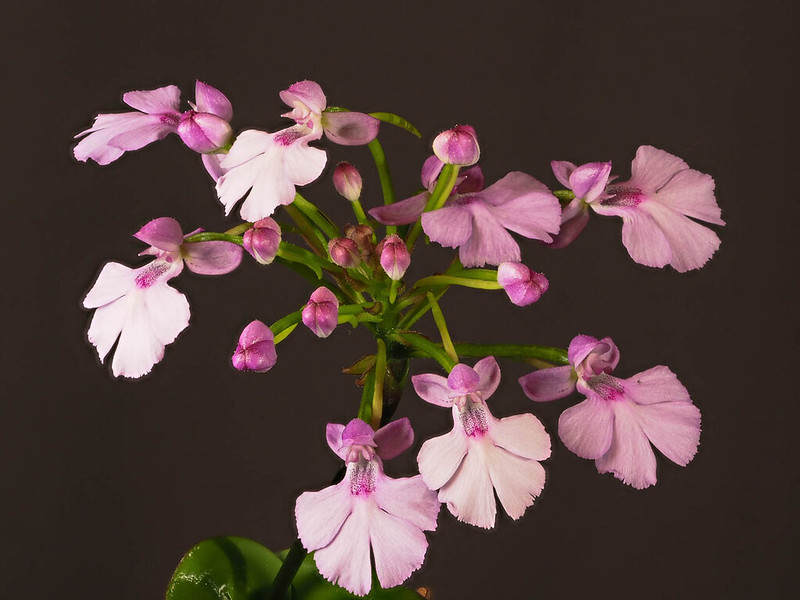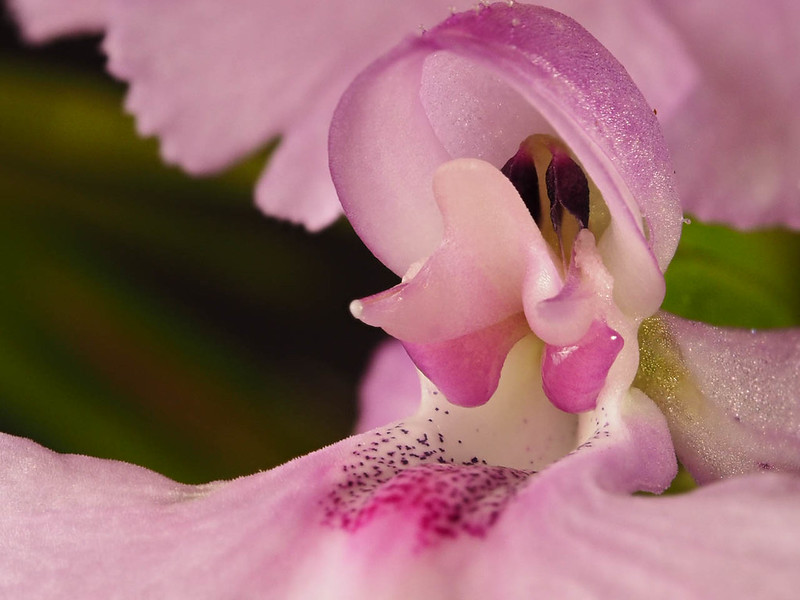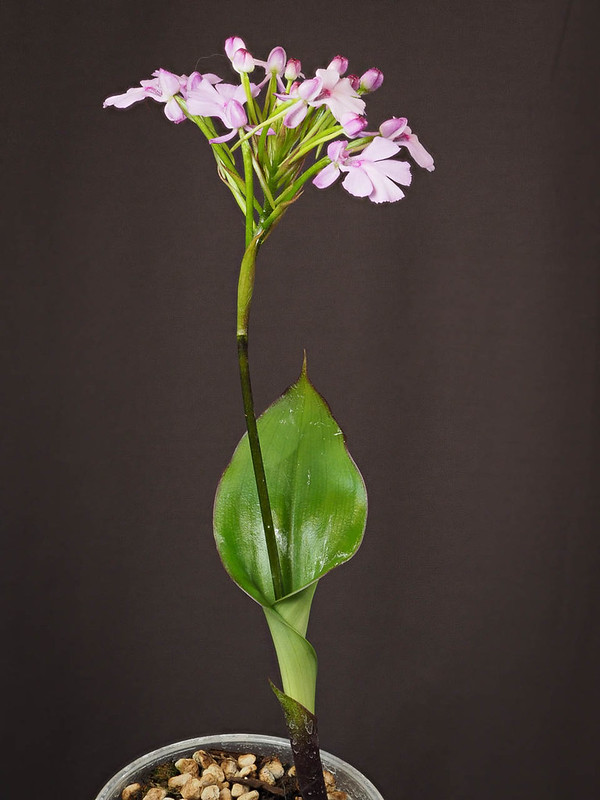The nomenclature of this species is very confusing (well, it is not as bad as the case of Phragmipedium humboldtii), and Johan Hermans and his collaborators have been working hard to straighten up the confusion. It was quite a bit of reading adventure to find out what the correct name of this species is, so I decided to put it down as a blog post (
link to the post in my Orchid Borealis blog), even though I don't take any credit of growing this species. I just got a giant tuber from Louisiana Orchid Connection, who imported it from Madagascar in Spring 2016, and it just made the magnificent flowers.
These name changes from 2014 were already mentioned in here by Philip (
link to the thread) , but I didn't know the details, so I had to confirm it by myself. Basically, this is the species which used to be called Cynorkis guttata (and C. uncinata before that). What we used to call Cynorkis angustipetala is actually C. speciosa. Real C. uncinata is C. calanthoides. For the detials, see the blog which has much more photos (better yet, read the papers by Hermans et al!). If you want to see their originals, let me know.
 Cynorkis angustipetala, raceme
Cynorkis angustipetala, raceme on Flickr
 Cynorkis angustipetala
Cynorkis angustipetala on Flickr
 Cynorkis angustipetala, whole plant
Cynorkis angustipetala, whole plant on Flickr
Just for camera geeks. With this set of photos, I used Olympus E-M1 in-camera focus stacking. But this is the first time I tried cheap continuous light sources. I usually use wireless remote manual flashes with whatever cheap speed lights. But focus stacking is quicker with continuous light. Also, you can see the effects of light, so it is much much easier to fine tune. I got 2x Hyperikon dimmable PAR38 LED spot bulbs, 14W, 1260lm, 5000K, CRI 90+, 40° beam angle from Amazon (
this one with
this dimmer). One through white shoot-throgh umbrella from left, and the other direct from right as a fill. Low CRI LEDs don't make nice green color in general (and you can't quite correct with post-processing), but I'm pretty satisfied with this higher CRI LED bulbs. I didn't use RAW, and shot with JPEG as usual, and auto white balance did most of the work. Not too bad, isn't it? There are better high CRI LEDs, but Hyperikon is much cheaper. So these make a very workable multi-light setup for cheap (at least for small static objects like plants). The shutter speed becomes slow, so you do need a tripod.


































 Threaded Mode
Threaded Mode
